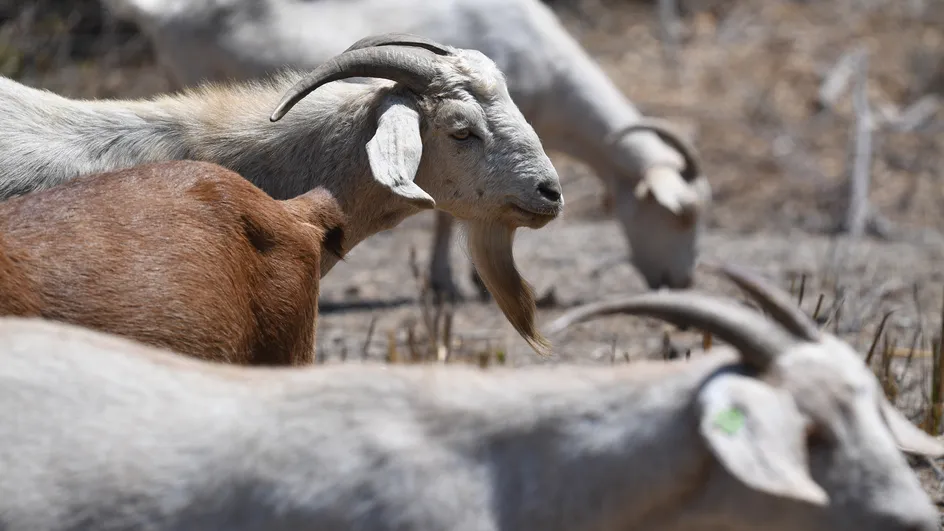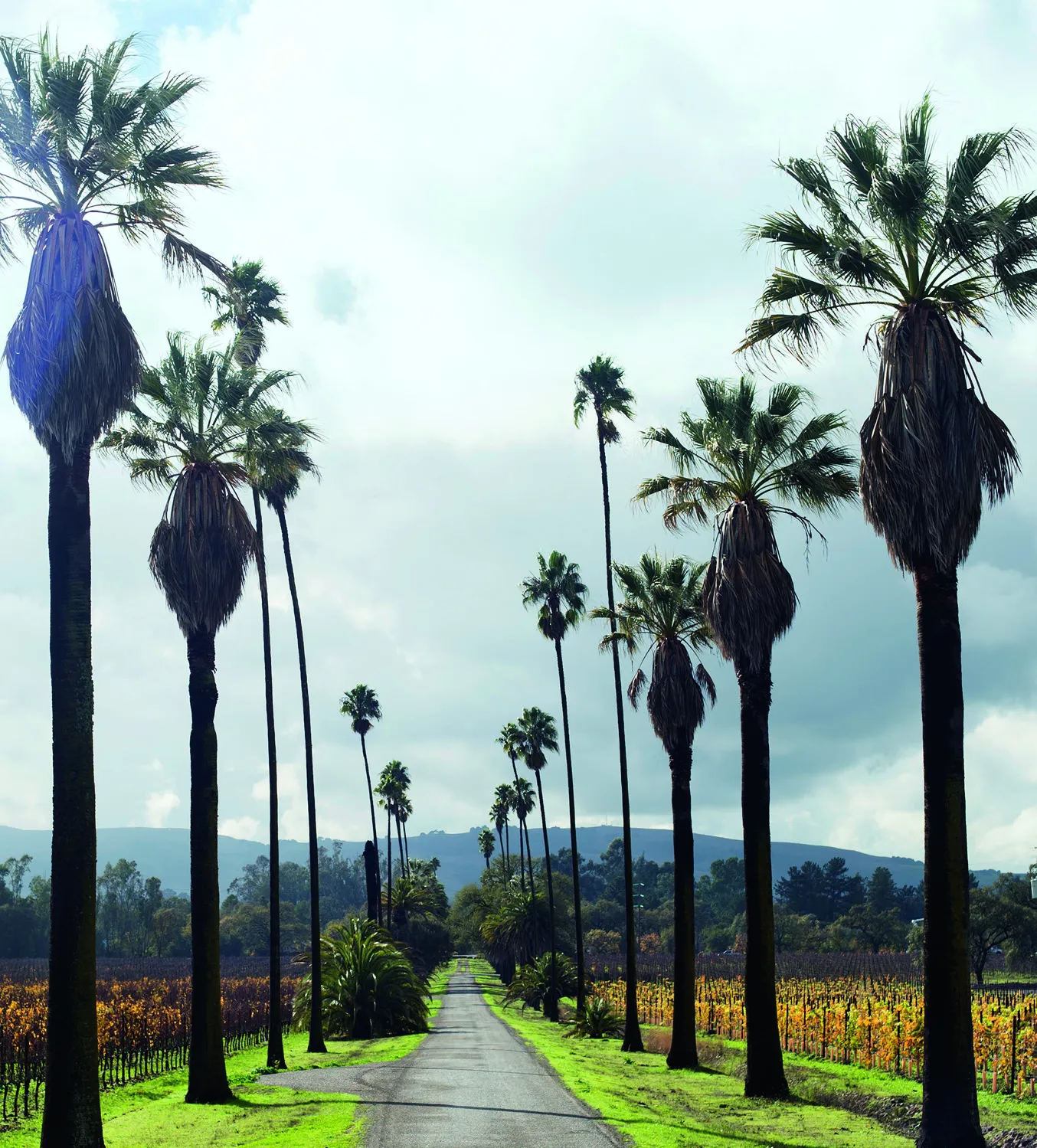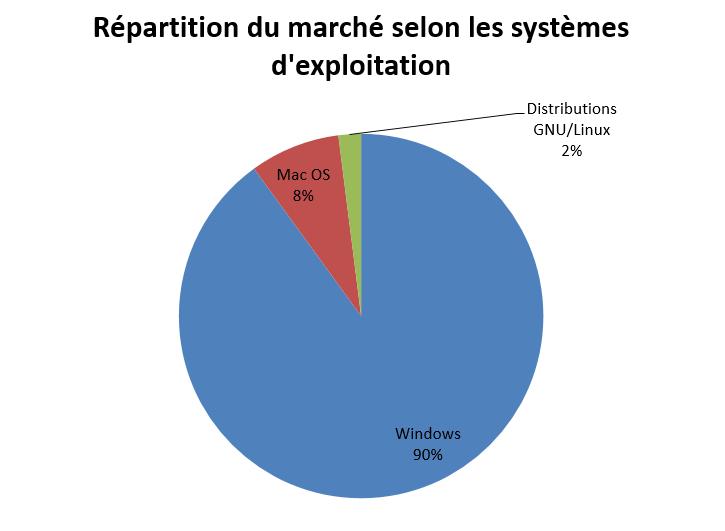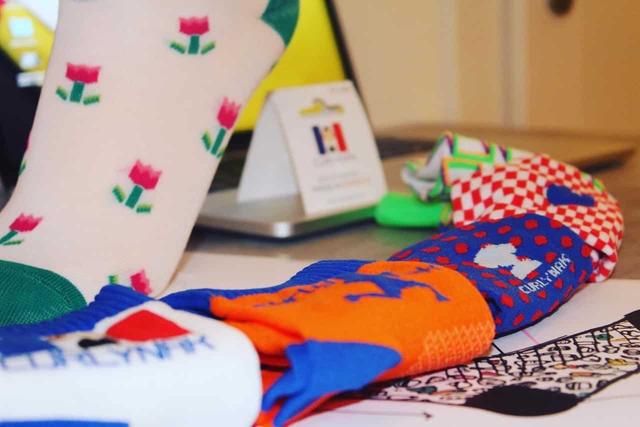20 surprising fruits you have never heard of
This selection of fruits, of more or less distant origin, will probably surprise you.Through these discoveries and these colors, it is the incredible diversity of nature before which we must marvel.Let us remain convinced that nature does not only provide apples, bananas and oranges and let's be proud to see the richness of biodiversity that must be preserved.
To start the selection, here is the jacque apple (from the Jacquier).
The jacquier, or jacket, artocarpus heterophyllus is a tree of the moraceae family, originally from India and Bangladesh (where it is nicknamed the "poor fruit"), cultivated and introduced into most tropical regions, in particular forits edible fruits.It is a species close to the bread tree, Artocarpus altilis, with which it should not be confused.It is mainly cultivated in Southeast Asia, Brazil and Haiti.(more information)
Salak or snake fruit.
Salak is a very thorny small palm tree, sometimes crawling measuring up to 6 m high.Its edible fruit is the "salak" or "serpent fruit" (Salak means snake in Javanese and Soundanese);It is a large oval or fusiform drupe, 5 to 8 cm long, covered with hard brown scales reminiscent of the skin of a snake.Its flesh is white with a nucleus the size of a hazelnut.He pushes Java and Sumatra but his origin remains unknown.It is mainly cultivated in Thailand, Malaysia and Indonesia.(more information)
Jabiticaba.
Jaboticaba or Guapuru is a kind of small fruit trees native of the region of Minas Gerais, in southeast Brazil.The fruit is black-fork, measures 3-4 cm in diameter, and contains from one to four large seeds.It has a white and sweet or pink and gelatinous pulp.(more information)
Lougane or dragon eye.
Longane, or Longani, is the fruit of the Longanier, a small tropical and subtropical tree, with persistent leaves, about twenty meters in height, native to south-eastern China where it pushes naturally.His name comes from Chinese and Vietnamese Lung Ngaan, who mean Dragon's eye.(more information)
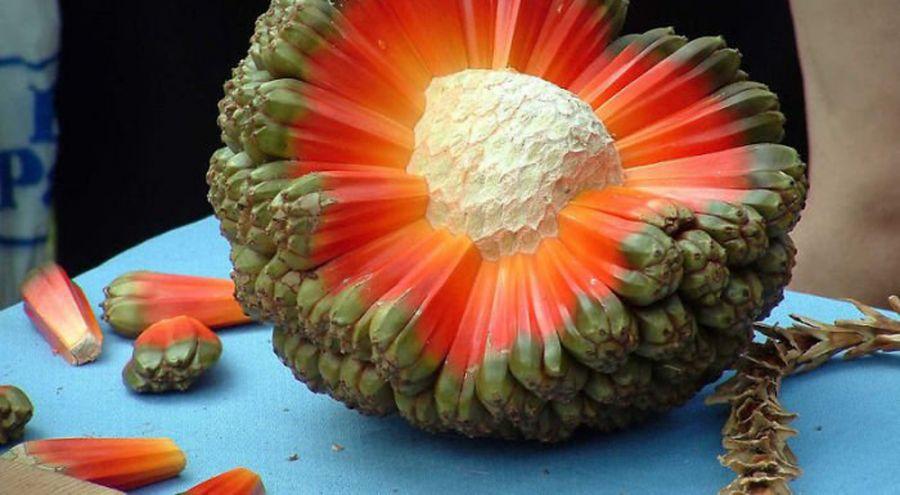
Pandanus tectorius or hala fruit.
Fruit of the "Pandanus used", this natural curiosity, around 20 cm in diameter, is a major source of food in micronesia.If it can be eaten cooked, it is much more often "chewed" or more simply consumed in the form of juice.(more information)
Buddha's hands.
Buddha's hand is an aromatic citrus.This fruit grows on a bush or a small tree, which has long branches dotted with thorns.The fruit is divided into sections resembling fingers.It has thick skin and its flesh (if there are one) is weakly acidic and non-juirs, without seeds.It is very aromatic and is mainly used by Chinese and Japanese to flavor rooms and personal affairs, such as clothes.(more information)
Durian.
The Durian is a tropical tree with evergreen foliage that produces edible fruits.This fruit, also called Durian, is harvested in southeast Asia but also in South America.It presents itself as a large ovoid bay (sometimes more than 40 cm in length), weighing up to 5 kg, with a shell of large thorns, and pushing large trees.It is known for its particular taste and its strong smell to such an extent that it is prohibited in public places and in public transport by many countries in Southeast Asia.(more information)
Rocou (or Roucou, Annatto, Achiote).
Roucou is a kind of trees or shrubs from the tropical America regions.It is also cultivated in the Southeast Asian.Its flowers are pink and it gives red fruits to thorns filled with seeds, also red.Its fruit, the Rocou is not edible.It is harvested and then dried to extract the wax that surrounds the seeds, very rich in carotenoids.(more information)
Kiwano or Corn Melon.
The Metulifer Cucumis is a kind of tropical plant from Africa and Arabia (Yemen). Son fruit comestible(more information).
Akebia ou Akébie à cinq feuilles.
Originally from the temperate forests of Eastern Asia, this purple and prudeneous purple fruit with an insipid Murit taste between September and October.(more information)
Akée (Aki or Blighia Sapida).
Akée is a species close to lychee.Originally from West Africa and cultivated in tropical regions, this fruit and edible but not without dangers.(more information)
Ramboutan (or hair lychee).
Ramboutan is a tropical fruit of Asia from the tree of the same name.It belongs to the same family as the lychees, the longs and the quenettes.Even if some varieties are not juicy, they give off a sweet scent and their taste is similar to that of the grapes.(more information)
Combava (or Combawa, Combava, Combava, Makrout, Lemon Combera, Lime Kaffir).
The Combava is a citrus of which the name comes from the old sea cards where an Indonesian island east of Bali, in the probe archipelago in the Moluccan Sea, is called "Sumbawa".He is from these islands.(more information)
Mangoustan (or mangouste, or fruit of the gods).
Mangoustan is a rounded fruit purplish the size of a golf ball with thick and very bitter skin, called pericarpe, which contains white flesh divided into 5 to 6 quarters.Fine taste is a mixture of acidity and sweet.Mangoustans are very popular fruits in Asia and Central Africa for their healing properties.Mangoustan is one of the fruit richest in natural antioxidants, including at least 40 xanthones.It is in the pericarp of the fruit that these are concentrated.(more information)
Pitaya (or dragon fruit).
Pitaya measures ten centimeters and weighs around 350 grams.Its flesh is edible and looks like its texture and the presence of small black seeds to that of kiwi, with a much softer taste.(more information)
Aguaje (Buriti or palm fruit).
Aguaje contains 21 to 38 times more provitamin A than carrot, 25 to 31 times more vitamin E than avocado, and Aguaje pulp has as much vitamin C as orange or lemon pulp.(more information)
The Carambolier or the Goa apple.
The carambolier is a tropical tree of Asian origin.It also grows in South America, Australia, Israel and Indies where its “Goa Apple” fruit is called.The carambolier fruit, the carambola, surprises in its particular shape and its skin with a waxy appearance.Cut transversely, it has the shape of a five -pointed star.Yellow, firm and crunchy in color, the caramboly has a pleasantly fresh tangy taste.(more information)
Langsat (or Duku).
It is the symbol of the province of Narathiwat in Indonesia.(more information)
Cherimole (or ice cream fruit).
Its taste is similar to that of cinnamon apple, beef heart and corossol, all from trees of the genus Annona which grows in South America.(more information)
Cupuaçu.
The fruit of the cupuaçu a round ocklings, and covered with a brown down.It can reach 20 cm long and 10 cm in diameter, and weigh 1 to 2 kg, making it the largest fruit in the family.(more information)
Black sapote (or poop hen).
Originally from Mexico and Central America, the Black Sapote is an oval fruit of brown color and with a chocolate taste, nicknamed "Paca Poule" because of its color.It is eaten mainly cooked, or raw, provided you are ripe and chard, as for khaki.(more information)


